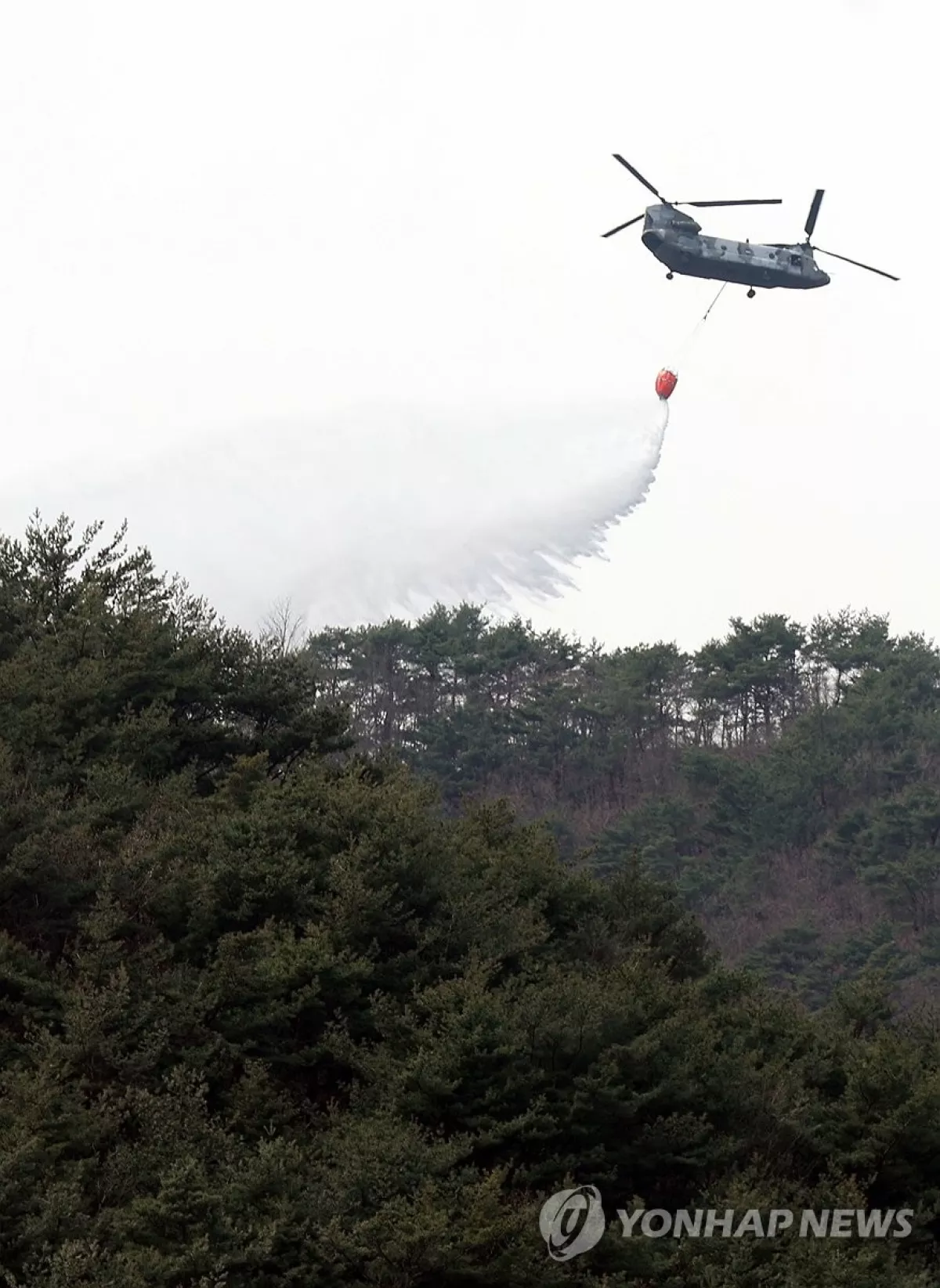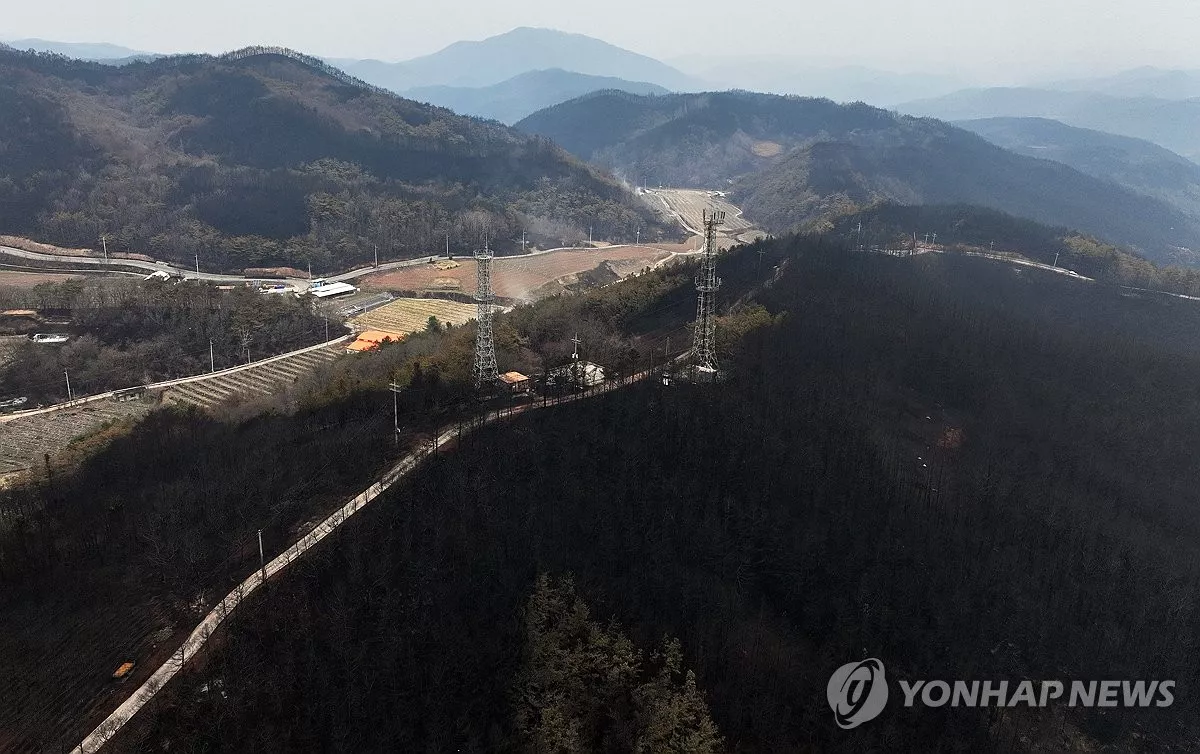South Korea's deadly wildfires finally contained after week of destruction 38,000 Evacuated / Photo
After a week of fierce destruction, the wildfires that ravaged North Gyeongsang Province were finally brought under control on March 28, authorities confirmed.
Improved visibility and cooler temperatures following overnight rainfall aided firefighters in extinguishing the main blazes, Caliber.Az reports, referencing South Korean media.
In what has been described as South Korea's worst wildfire disaster, fires have devastated the southeastern regions, including South Gyeongsang Province, since March 21. The fires have claimed at least 28 lives, left 37 people injured, and forced approximately 38,000 people to evacuate, according to the country's disaster response agency.
The most extensive wildfire in North Gyeongsang Province was fully contained by 5 p.m. on March 28, around 149 hours after it first broke out in Uiseong County, the Korea Forest Service (KFS) reported.

While North Gyeongsang’s largest wildfire has been extinguished, efforts to contain the blazes in South Gyeongsang Province are still ongoing. By 3 p.m. on March 28, an average of 93 percent of the fires in the region had been brought under control.
KFS chief Lim Sang-seop stated that, once the main fires are fully extinguished, authorities will shift their focus to ensuring all embers are put out. He estimated that this final stage would take an additional five to six days.
In North Gyeongsang alone, at least 24 people have died, and around 45,157 hectares of land have been scorched – an area larger than 63,000 football fields. Together with the destruction in South Gyeongsang, roughly 48,000 hectares of woodland have been lost, an area about 80 percent the size of Seoul.
The extent of this disaster surpasses the previous record of 23,794 hectares damaged in the catastrophic east coast wildfires of 2000. Lim attributed the rapid spread of the fires to strong, dry winds and high temperatures, while also noting the difficulty of deploying helicopters due to the persistent haze.

Rainfall in the early hours of March 28 brought some relief to the firefighting efforts, allowing crews to focus on controlling the main fires in multiple areas. A massive response effort was mounted, with 5,580 personnel, 86 firefighting helicopters, and 569 fire trucks dispatched to North Gyeongsang.
The provincial government has pledged to provide immediate relief grants to residents in affected areas and promised additional support to help them recover.
Authorities have confirmed that human activity sparked the fire in Uiseong. A man tending to a family grave was reportedly seen near the site with a lighter on the ground, and police plan to summon him for questioning on March 31.
Experts are urging for an overhaul of South Korea's wildfire response system in light of climate change, calling for an increase in firefighting resources and a shift towards fire-resistant tree species to replace highly flammable pine trees.
By Aghakazim Guliyev








